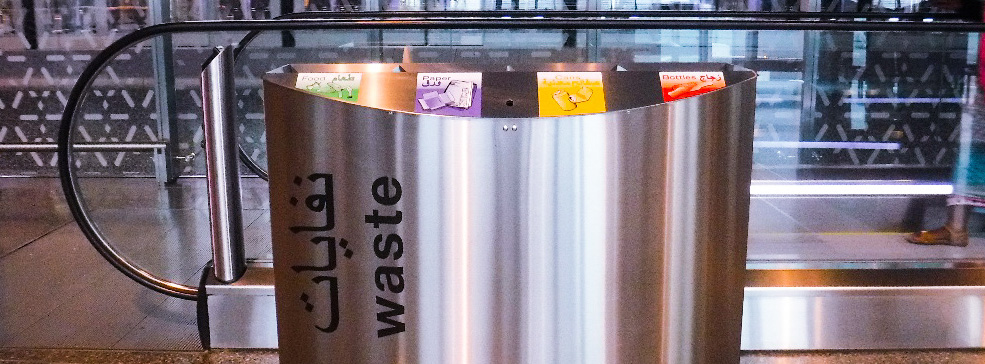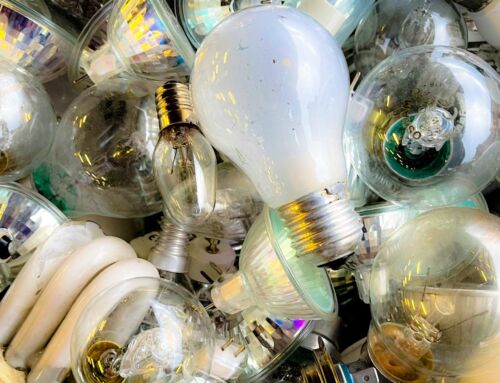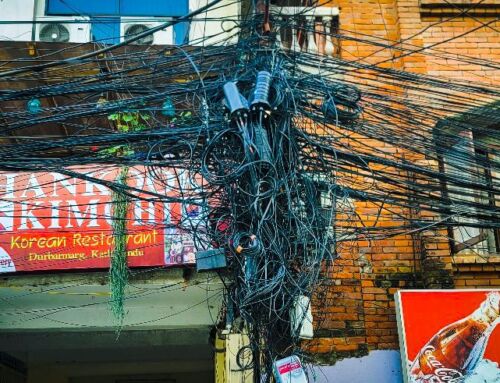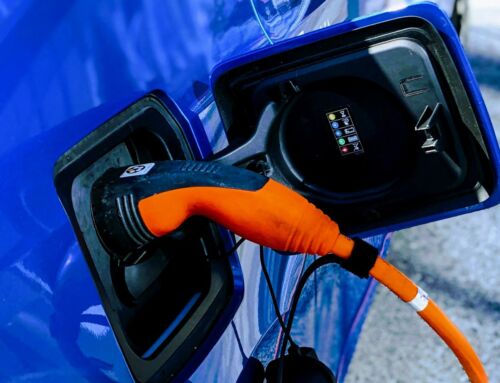View by Topic
Recent Articles
-
Federal Government Finalizes New Efficiency Standards for LightbulbsSaturday, April 13th, 2024
-
2024 IECC is Final After Addressing Preemption IssuesSaturday, April 6th, 2024
-
Settlement Portends Broad Failure in Attempts to Ban Natural GasSaturday, March 30th, 2024
-
SEC Climate Disclosure Rule Stay and Venue Now in the 8th CircuitSaturday, March 23rd, 2024
-
EV Charger Data ApocalypseSaturday, March 16th, 2024
View by Month/Year
“Green Building Law Update” Headlines
Recent Articles & News from
Stuart Kaplow’s blog
at GreenBuildingLawUpdate.com
- Shedding Light on the Future: The Evolution of Lightbulbs in the Wake of New Energy Efficiency Standards April 14, 2024
- 2024 International Energy Conservation Code is Final After Addressing Preemption April 7, 2024
- Settlement Portends Broad Failure in Attempts to Ban Natural Gas March 31, 2024
- SEC Climate Disclosure Rule Stay and Venue Now in the 8th Circuit March 24, 2024
Subscribe to the Green Building Law Update!
Stuart Kaplow brings his expertise and extensive experience to the table with his unique digital publication, "Green Building Law Update". Subscribers receive regular updates to keep them informed about important issues surrounding Environmental Law, Green Building & Real Estate Law, as well as the emerging demand for Environmental Social Governance (ESG).
Get fresh content through the lense of Stuart Kaplow's cutting-edge expertise, innovative commentary and insider perspective. Don't miss another issue! Subscribe below.

The Systole and Diastole in Recycling
Recycling is not new. 11,000 years before Christ the people in the Nile valley recognized the intrinsic value of reusing waste. But maybe not since that dawn of civilization has recycling undergone the wide fluctuation, good and bad, that we are seeing right now.
The bad news is that on July 18, China notified the World Trade Organization in two filings it would be imposing a ban on imports of certain kinds of solid waste.
The resultant chaos in the recycling market is because last year, China imported 7.3 million metric tonnes of waste plastics from developed countries including the U.S. In 2016, the U.S. sent $5.6 Billion of recyclables to China.
And the externalities are dramatic because shipping companies charge less to import all cargo containers into the U.S. when those containers return filled with waste in lieu of returning empty. Moreover, U.S. environmental laws greatly limit reuse of recyclables, including by way of example making all but impossible to recycle plastic drink bottles at scale in the U.S. Which is why it makes sense to export things that are almost worthless to China.
China has long had an official standard that contaminants in imported waste not exceed 1.5% by weight, but it wasn’t enforced. In 2013, China announced Operation Green Fence under which enforcement would be stricter.
And in March, 2017 China announced its new National Sword standard although the details were not clear to many in the West until the July 18 notice that the level of contaminants in plastic and paper recyclables China buys must be no more than 0.3%. Effectively, that standard is in place now because it takes months to ship recycling to China.
In the WTO filing China also announced “by the end of 2017, China will forbid the import of 4 classes, 24 kinds of solid wastes, including plastics waste from living sources, vanadium slag, unsorted waste paper and waste textile materials.”
The recent Chinese trade pronouncements have already dropped the price of recycled products to levels below anything this law firm has ever seen in more than a decade of corporate sustainable plans. Prices for mixed recyclable paper plummeted last month more than any single month in the 40 years data has been kept.
China characterizes these moves as efforts to address its staggering pollution problems, but many see this as a larger strategic geopolitical move for control by China. The impact in the U.S. is most recycling no longer makes any economic sense under existing metrics.
The good news is, at the same time China is imposing bans of certain solid waste, on September 7, 2017, the U.S. Green Building Council’s sister organization, Green Business Certification Inc., announced it was entering the waste recycling certification business with TRUE (Total Resource Use and Efficiency), the new brand identity for its zero waste rating system. The TRUE Zero Waste rating system helps businesses and facilities define, pursue and achieve their zero waste goals through project certification including professional credentialing.
TRUE is a systems approach that helps organizations understand how materials flow through their facilities and identify redesign opportunities so that all products are reused. TRUE certified projects meet a minimum of 90% waste diversion for 12 months from landfills, incinerators (waste-to-energy) or the environment.
The TRUE Zero Waste certification, previously administered by the U.S. Zero Waste Business Council, was acquired by GBCI in 2016. And now TRUE is administered by GBCI as a complement to LEED. View the Guide to Certification to learn more.
That is the good news in the realm of solid waste. Such is significant when according to the EPA, the average American generates 4.4 pounds of trash each day, and that number is not falling but the amount recycled had been increasing.
Against the backdrop of China’s aggressive mercantilist policies, with no good market in which to sell many recyclables, while barring domestic reuse, it is now time to rethink the solid waste practices that are largely unchanged since the 1960s.









